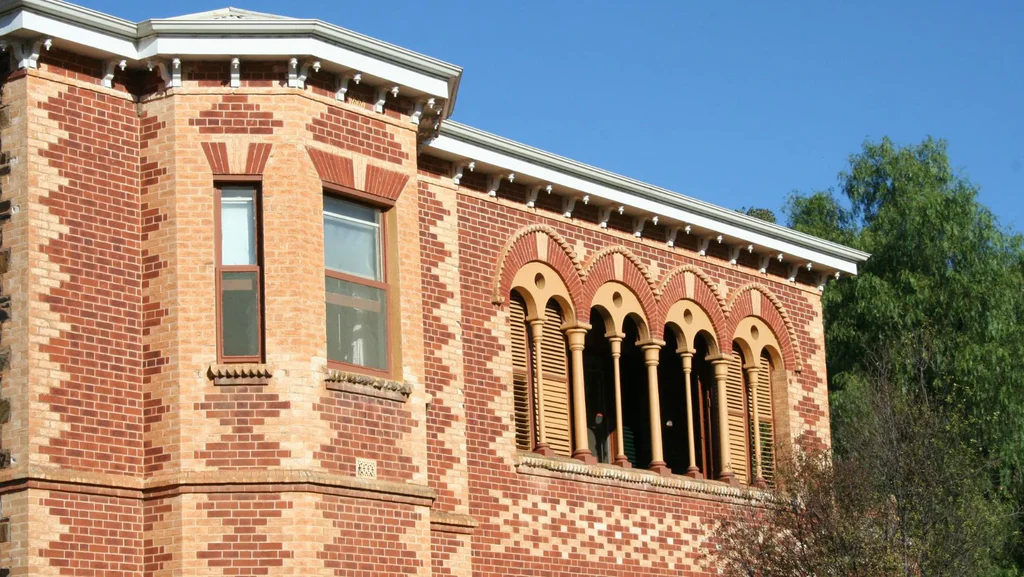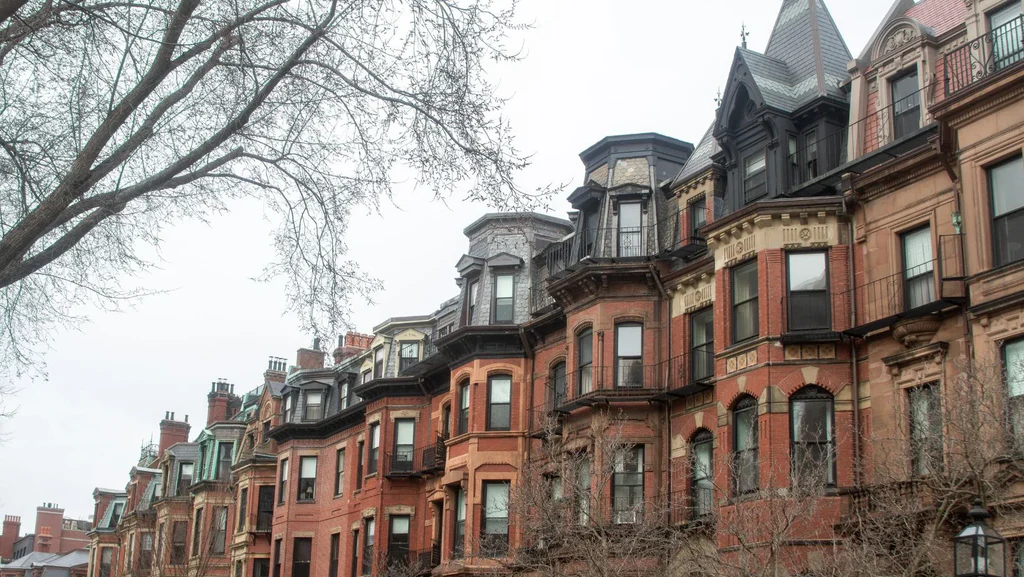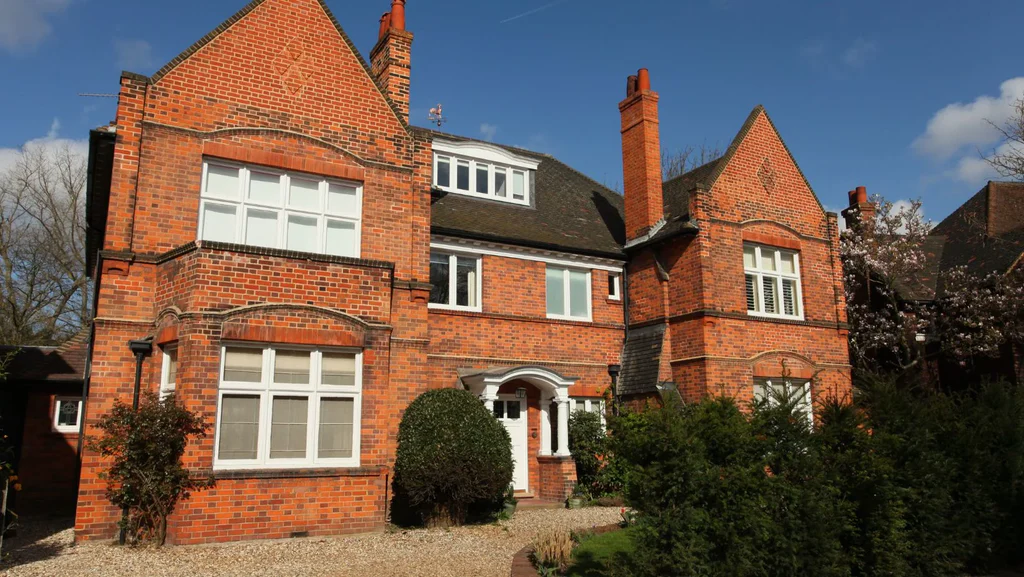Discovering the Allure of Edwardian-Style Houses
Ever wondered what it would be like to live in a home that feels like a step back in time, filled with charm and elegance? Edwardian-style architecture might just be the perfect choice for you. Popular during the reign of King Edward VII (1901–1910), these homes are known for their distinctive exteriors, intricate details, and timeless appeal. In this post, we’ll dive into what makes an Edwardian house special—from its elegant façade to its historical significance and modern-day relevance.
What Is an Edwardian-Style House?
Edwardian homes emerged during the early 20th century, specifically under the rule of King Edward VII. While they share some similarities with Victorian architecture, they offer a more refined and open design. These homes were often seen as luxurious spaces, ideal for entertaining guests and hosting events. With their spacious layouts and attention to detail, they continue to capture the imagination of homeowners and designers alike.

Where Did the Edwardian Style Come From?
The Edwardian style is closely associated with the United Kingdom during the reign of King Edward VII, who took the throne after Queen Victoria's death. This period, though brief compared to the long Victorian era, left a lasting impact on architectural design. The shift from the ornate and cluttered Victorian style to something simpler and more functional marked a new era in home design.
How Do Edwardian and Victorian Houses Differ?
Although Edwardian homes evolved from the Victorian era, they have their own unique identity. Unlike the heavily decorated and cramped interiors of Victorian houses, Edwardians embraced openness and light. They featured larger rooms, high ceilings, and plenty of natural light through double-hung windows. The layout was more flexible, focusing on informal living areas that encouraged family interaction and social gatherings.

Architectural Features of Edwardian Homes
Edwardian-style houses are easily recognizable by their tiled roofs, often made of terracotta. Their rooflines are asymmetrical, with bay windows, decorative plasterwork, and high ceilings that add to their grandeur. Exteriors often feature soft, pastel colors like white, or deeper shades of blue, green, or gray in older examples. These elements combine to create a warm, inviting atmosphere that still feels fresh today.
Color Schemes for an Edwardian Home
When it comes to color, Edwardian homes can be both traditional and modern. A clean, bright white base offers a fresh and contemporary look, while bolder choices like off-white, olive, yellow, red, or even pastel blues can add character and personality. These colors work well with classic Edwardian fixtures, such as ornate moldings, sash windows, and wooden flooring. You can always add pops of color through furniture, artwork, or accessories, keeping the space feeling modern yet rooted in history.
Different Types of Edwardian Homes
Edwardian homes come in various forms, including semi-detached, detached, terraced, bungalows, and flats. Each type has its own unique characteristics. Detached homes stand alone, while semi-detached ones share a wall with another house. Terraced homes are connected on both sides, typically spanning two floors. Bungalows offer single-level living, and flats—often called apartments—are individual units within larger buildings. No matter the type, each Edwardian home carries the same sense of charm and sophistication.

As we’ve explored, Edwardian-style homes continue to captivate people even over a century after their creation. Their blend of aesthetic beauty, practical design, and historical significance makes them a popular choice for those looking for a unique and stylish living space. Whether you're drawn to their classic details or their open, light-filled interiors, an Edwardian home is more than just a house—it’s a piece of history that still feels right at home today.
1) Sizes:DN40-DN300
 2) Length: 3M
3) Standard: BSEN 877
4) Material: gray cast iron
5) Applications: construction drainage, pollution discharge
6) Features: Flat and straight; High strength and density without defect;
Cast Iron Pipe,Cast Iron Tube,Sml Cast Iron Tube,Cast Iron Drainage System
Wuan City Kun Yu Metal Products Co.,Ltd , https://www.kunyucasting.com